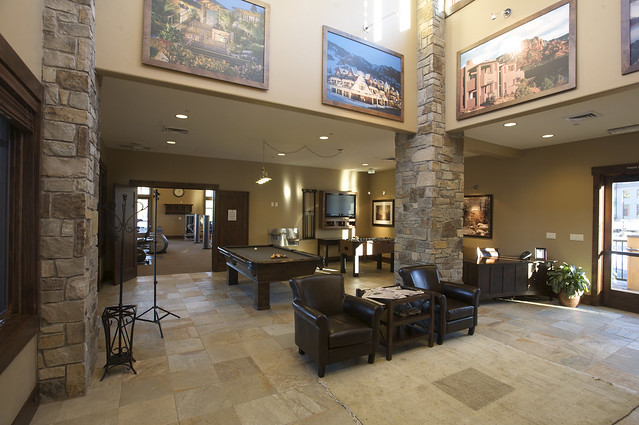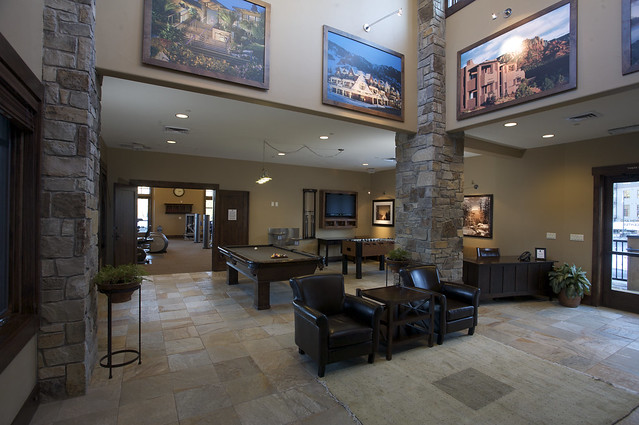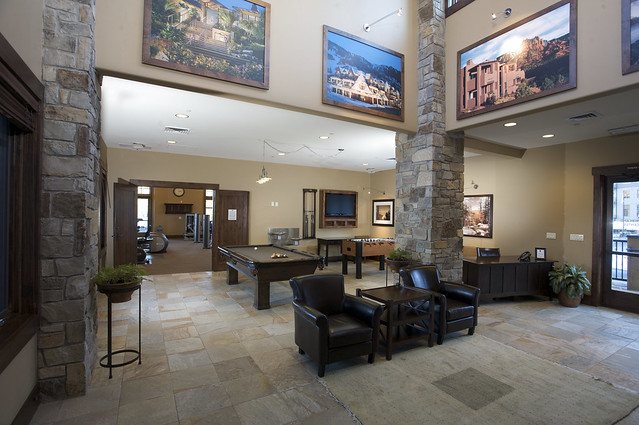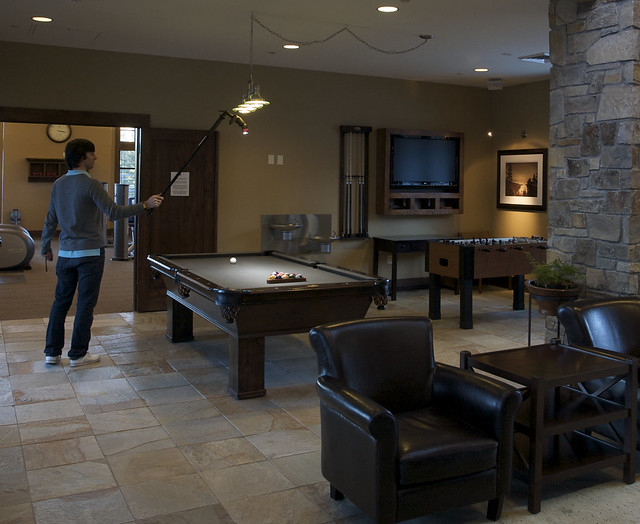We all spend our formative years trying to fit in; to be the same, longing to be accepted as 'normal'. Time to move on, kiddos.
Lately, I’ve seen more and more forum posts, blog entries, and rants about how hard it is to make it in photography. About how they’ll never be able to make a living because they’ve been undercut by the $30/hr hobbyist-turned-pro portrait photographer with a full-time day job with benefits, or the dreaded “Craigslist Wedding Photographer” posts. My question is this: Why are you even competing with them? Why are you trying to do the exact same thing? I see it every day, there are hundreds of thousands, if not millions, of photographic clones out there. Now, you can take this all with a grain of salt- I could be way off the mark. I’m young (23), I didn’t own a digital camera until late 2008, and I’ve been shooting paying gigs for half of that time. But somehow I’ve managed to make this my full-time job. The last eight months, it’s been my only source of income. And unlucky for me, my parents, while I love them dearly, aren’t paying my bills! So it’s sink or swim, really. Has luck played a part? Absolutely. But luck only gets you so far. You need to keep juggling, keep those balls in the air, and while it may start with some luck, it doesn’t last forever on luck alone, and luck hasn’t made my client list grow exponentially from when I started.
One of the most important things I’ve learned in my short career is to know how to differentiate yourself. Somehow I managed to sail right over the heads of all the photographers in this area shooting architecture and real estate, undercutting me by 80% in some cases. I could be a sales genius, but I’ve hated every retail job I’ve held. I have a long list of repeat clients, and a steady flow of work to keep me busy.
So how have I differentiated myself? (Warning: there’s some tech talk ahead!) I hope that if you don’t shoot real estate or architecture, that you can take this and learn from it regardless. It doesn’t have to be interiors or exteriors – the whole point is that you need to be different. This is how I do it – hopefully it will spark some ideas in your head.
I try to make every shot stand out. There are literally thousands of real estate photos out there, all of them bland, with no TL or C put into them by the photographer. No lighting, no editing other than a few run-of-the-mill HDRs. Every photo I take gets a seemingly impossible amount of love put into it for the volume of work I put out. I’ve become intimately familiar with Photoshop, my cameras, my lenses, my lights. I know how everything works inside and out. While attending school at the University of Vermont, I was lucky enough to come into contact with the brains behind PocketWizard, a photographic accessories company who makes some incredibly powerful off-camera lighting tools. I interned there for the spring semester of my senior year, and they were kind enough to send me off into the real world with a few of their new products, which I have used to great effect in my photography. In particular, the Flex TT5, Mini TT1 and AC3. These dramatically cut the amount of time it takes to light an interior. Which means that I can spend less time fiddling with lights and settings, and less time making the shot happen. Take this photo as an example. Here’s the ambient frame, before any supplemental lighting, or before I cleaned it up. Just getting in, getting the lay of the land.

Next shot – I’ve cleaned up some debris here and there, and rearranged some things to tidy the space up. I’ve popped a few flashes in behind pillars and poles. They’re Canon Speedlights on PocketWizard Flexes, with a Mini TT1 and AC3 on my camera. Two lights behind pillars, one to my right shooting into the vaulted ceiling for a tiny bit of fill.

Still pretty dark. Without even leaving the camera, I dial up the flash power on my Speedlights using the AC3.

You can see how the light from the flashes has killed the ambient coming in through the windows on the walls. The hotspots are all gone – we have nice even lighting after bouncing it off the ceilings and walls.
And this is where the fun begins – I grab a Speedlight, throw it on my handy monopod with an umbrella swivel on the end, and start firing off some accent shots. Maybe five or six in total where I see fit – just to make the image pop and draw attention to nice aesthetic and useful/fun features of the room.
Here’s a not-so-flattering shot of yours truly giving the pool table some light. Excuse the Beatles haircut.

And finally, I put it all together in Photoshop. Thanks to the PocketWizards, the majority of the work is done. White balance is correct and the room is lit evenly (evenly enough for what was literally three minutes’ worth of work!). I make some quick layer masks of the accent frames I took, and layer them onto my flashed frame. Here’s the finished product in all of it’s glory.

All of my shots get this treatment. Total time making this shot happen? Probably 10-12 minutes. We’ll be generous and say five minutes in the field, and five minutes in post for this one image. For an average shoot of mine, which finishes with 10-15 interior images delivered, that’s about two hours of work in the field, maybe an hour and a half finishing up and retouching the images, giving them that ‘pop’.
So, for roughly three hours worth of work, given that I stay away from Facebook, AKA ’The Freelance Productivity Killer’, what do we get? An image that jumps off the page when it’s sitting next to the typical real estate shot, which is invaluable in one of the most competitive markets ever. More views = more sales, plain and simple. My clients appreciate this, and they keep coming back to me because of it.
Lastly, it took me a long time to figure all of this out. I’m using this as one example of how it’s possible for you to differentiate yourself from all of the other hacks out there, and get your work noticed. It might take you a bit of time to figure out a formula that sets you apart, but once you get it, I promise that it will help you dramatically.
